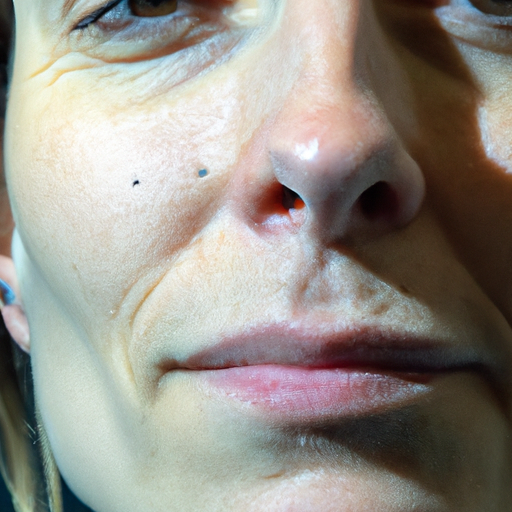As a dermatologist, I often encounter patients who are eager to achieve a healthy, radiant complexion. A crucial step towards this goal is the regular use of face and body exfoliants. Exfoliation is the process of removing dead skin cells from the surface of your skin using a chemical, granular substance, or exfoliation tool. This article serves as a comprehensive guide to understanding the importance of exfoliants and their correct usage.
Exfoliation is an essential part of a skincare routine because it aids in the renewal of the skin’s surface, revealing a brighter, smoother complexion. It also helps to unclog pores, preventing acne breakouts and allowing for better absorption of skincare products. However, it’s important to remember that not all exfoliants are created equal, and their usage should be tailored to your skin type and concerns.
There are two main types of exfoliants: physical and chemical. Physical exfoliants use small particles, a brush, or a scrub to physically remove dead skin cells. These are great for people with oily or combination skin as they can help control excess oil production. However, they should be used sparingly (once or twice a week) to avoid over-exfoliation, which can lead to skin irritation and inflammation.
Chemical exfoliants, on the other hand, use acids or enzymes to dissolve dead skin cells. Alpha hydroxy acids (AHAs), beta hydroxy acids (BHAs), and polyhydroxy acids (PHAs) are common types of chemical exfoliants. AHAs are water-soluble and work best for normal to dry skin, while BHAs are oil-soluble, making them ideal for oily and acne-prone skin. PHAs are less irritating and suitable for sensitive skin types.
When using chemical exfoliants, start with a low concentration and gradually increase as your skin builds tolerance. It’s also important to use sun protection, as these can make your skin more sensitive to the sun.
For body exfoliation, a physical scrub or brush is often sufficient. However, if you have concerns like keratosis pilaris (small, rough bumps), a chemical exfoliant with AHAs or BHAs may be more effective.
Remember, exfoliation should never be painful. If you experience any discomfort, redness, or irritation, stop using the product immediately and consult a dermatologist.
In conclusion, exfoliation is a powerful tool in your skincare arsenal. It can help reveal a brighter, smoother complexion, prevent breakouts, and enhance the effectiveness of your skincare products. However, it’s important to choose the right type of exfoliant for your skin type and concerns, and to use it correctly to avoid damaging your skin.
Unmasking your skin’s radiance is not about aggressive scrubbing or using harsh chemicals, but about understanding your skin and treating it with care. With the right exfoliant and usage, you can achieve a healthier, more radiant complexion.



